A Cultural Experience in Yangon, Myanmar 🏛️🌏
Discover the Rich Heritage and Vibrant Traditions of Yangon
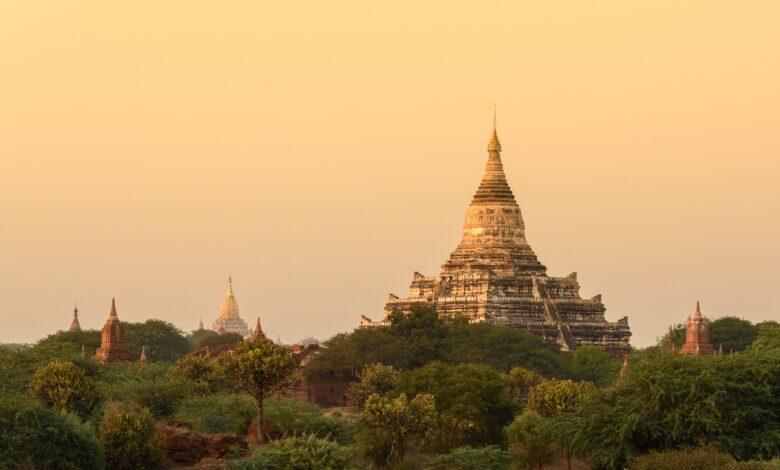
Introduction
Welcome to Yangon, the cultural heart of Myanmar, where ancient traditions blend seamlessly with modern life to create a tapestry of vibrant experiences. Nestled along the banks of the Yangon River, this captivating city beckons travelers with its rich history, diverse cuisine, and bustling markets. Join us as we embark on a journey through Yangon’s cultural landscape, where every corner reveals a new facet of Myanmar’s storied heritage.
Shwedagon Pagoda: Icon of Myanmar’s Spiritual Heritage
Architectural Grandeur and Religious Significance
The Shwedagon Pagoda, situated in Yangon, Myanmar, stands as a testament to the country’s rich spiritual heritage and architectural brilliance. Dominating the city skyline with its golden spire soaring to a height of 326 feet, this sacred site is adorned with thousands of shimmering gold plates and studded with numerous precious gems. Its architectural design embodies traditional Burmese stupas, with a central stupa surrounded by smaller pagodas, shrines, and pavilions. The pagoda’s gleaming exterior reflects the rays of the sun, creating a mesmerizing sight for visitors and devotees alike.
The Shwedagon Pagoda holds profound religious significance for Buddhists in Myanmar and around the world. According to legend, the pagoda enshrines relics of four previous Buddhas, including strands of hair believed to be from Gautama Buddha himself. As such, it is considered one of the most sacred Buddhist sites globally, drawing pilgrims and worshippers from far and wide. The pagoda is not merely a physical structure but a spiritual beacon, embodying Buddhist teachings of peace, enlightenment, and compassion.
Rituals and Ceremonies
A visit to the Shwedagon Pagoda offers a glimpse into the rich tapestry of Buddhist rituals and ceremonies. Throughout the day, devotees can be seen circumambulating the central stupa in a clockwise direction, reciting prayers and offering flowers, incense, and candles as acts of devotion. The pagoda’s atmosphere is filled with the melodious chants of monks and the gentle clinking of bells, creating a serene ambiance conducive to meditation and reflection.
At dawn and dusk, the pagoda comes alive with the ritual of the lighting of oil lamps and the offering of alms to monks. These ceremonies, known as “Shinbyu” and “Sai Khan,” respectively, are integral parts of Burmese Buddhist tradition, symbolizing generosity, merit-making, and the pursuit of spiritual awakening. Visitors are welcome to participate in these rituals, immersing themselves in the vibrant spiritual life of the pagoda and forging a deeper connection with Myanmar’s cultural heritage.
Experiencing the Spiritual Ambiance
To fully experience the spiritual ambiance of the Shwedagon Pagoda, visitors are advised to approach their visit with reverence and mindfulness. Before entering the sacred precincts, it is customary to remove shoes and socks as a sign of respect. As you explore the sprawling complex, take time to observe the intricate details of the pagoda’s architecture, from the elaborate carvings to the glistening gold leaf decorations.
Find a quiet spot amidst the bustling activity to sit and meditate, allowing yourself to absorb the tranquility and serenity that pervades the atmosphere. Engage with local worshippers and monks, perhaps striking up a conversation or joining in a chanting session. Whether you are a devout Buddhist or simply a curious traveler, the Shwedagon Pagoda offers a profound spiritual journey that transcends cultural boundaries and leaves a lasting impression on all who visit.
Introduction to Yangon’s vibrant street food scene and its cultural importance
Yangon, the bustling metropolis of Myanmar, boasts a street food scene that is as diverse as it is vibrant. From sizzling grills to steaming bowls of noodles, the city’s sidewalks come alive with the aromas and flavors of its culinary treasures. But more than just a feast for the taste buds, Yangon’s street food holds significant cultural importance, serving as a reflection of the city’s history, heritage, and everyday life.
Highlighting popular local dishes and street food markets
Yangon’s street food repertoire is vast and varied, encompassing a plethora of dishes that cater to every palate. One cannot explore the city’s culinary landscape without indulging in some of its most beloved offerings. From the iconic Mohinga, a flavorful fish broth served with rice noodles and an array of condiments, to the tantalizing Shan noodles, adorned with savory sauces and tender meat, each bite tells a story of tradition and innovation.
Recommendations for must-try dishes and where to find them in Yangon
For those eager to embark on a gastronomic adventure in Yangon, there are certain dishes that simply cannot be missed. Start your culinary journey with a visit to 19th Street in Chinatown, where you’ll find an array of stalls serving up delectable barbecue skewers, grilled to perfection over open flames. Next, head to the bustling Bogyoke Aung San Market, where vendors dish out savory samosas, crispy fritters, and piping hot bowls of Shan noodles. Finally, no trip to Yangon would be complete without sampling the city’s signature dessert, Mont Lone Yay Paw, a sweet concoction of glutinous rice balls, coconut cream, and jaggery syrup, available at street stalls throughout the city.
Overview of Yangon’s Colonial History and Its Architectural Legacy
Yangon, formerly known as Rangoon, boasts a rich colonial history that is evident in its architectural landscape. During the British colonial period, which lasted from the mid-19th century until the mid-20th century, Yangon served as the capital of British Burma. This period left an indelible mark on the city’s architecture, with numerous buildings constructed in various colonial styles.
The architectural legacy of colonial Yangon encompasses a diverse range of styles, including Victorian, Edwardian, Neoclassical, and Art Deco. These buildings showcase the influence of British, Indian, and Burmese architectural traditions, resulting in a unique blend of styles that characterizes downtown Yangon.
Description of Notable Colonial-Era Buildings in Downtown Yangon
Downtown Yangon is a treasure trove of colonial-era architecture, with many buildings dating back to the late 19th and early 20th centuries. One of the most iconic structures is the Secretariat Building, formerly known as the Minister’s Building, which served as the administrative center during British rule. Designed by British architect Henry Hoyne-Fox, the building features a distinctive red-brick facade and elegant colonnades.
Another notable landmark is the Strand Hotel, a historic luxury hotel built in 1901. Designed by Thomas Swales, the hotel exudes colonial charm with its grand colonial-style architecture and luxurious interiors. The Yangon City Hall, constructed in the early 20th century, is another architectural gem with its imposing neoclassical facade and ornate detailing.
Other noteworthy buildings in downtown Yangon include the Immanuel Baptist Church, St. Mary’s Cathedral, and the former Rowe & Co. department store, which now houses the Sofaer & Co. Building. These buildings showcase the architectural diversity and historical significance of Yangon’s colonial heritage.
Guided Walking Tour Suggestions for Visitors to Explore Yangon’s Colonial Heritage
Exploring downtown Yangon’s colonial heritage on foot is a rewarding experience for visitors interested in history and architecture. A suggested walking tour could begin at the Secretariat Building, where visitors can learn about its role in Myanmar’s history. From there, they can stroll along Strand Road to admire the grandeur of the Strand Hotel and the colonial-era buildings lining the waterfront.
Continuing the tour, visitors can explore the streets of downtown Yangon, taking in landmarks such as the Yangon City Hall, Immanuel Baptist Church, and St. Mary’s Cathedral. Along the way, they can appreciate the architectural details of these buildings and imagine life in colonial-era Yangon.
The tour could also include a visit to Bogyoke Aung San Market, formerly known as Scott Market, which features a mix of colonial and Burmese architectural styles. Here, visitors can browse through stalls selling traditional handicrafts, textiles, and souvenirs, while soaking in the ambiance of this historic market.
Overall, a guided walking tour of downtown Yangon offers visitors a fascinating glimpse into the city’s colonial past and its enduring architectural legacy.
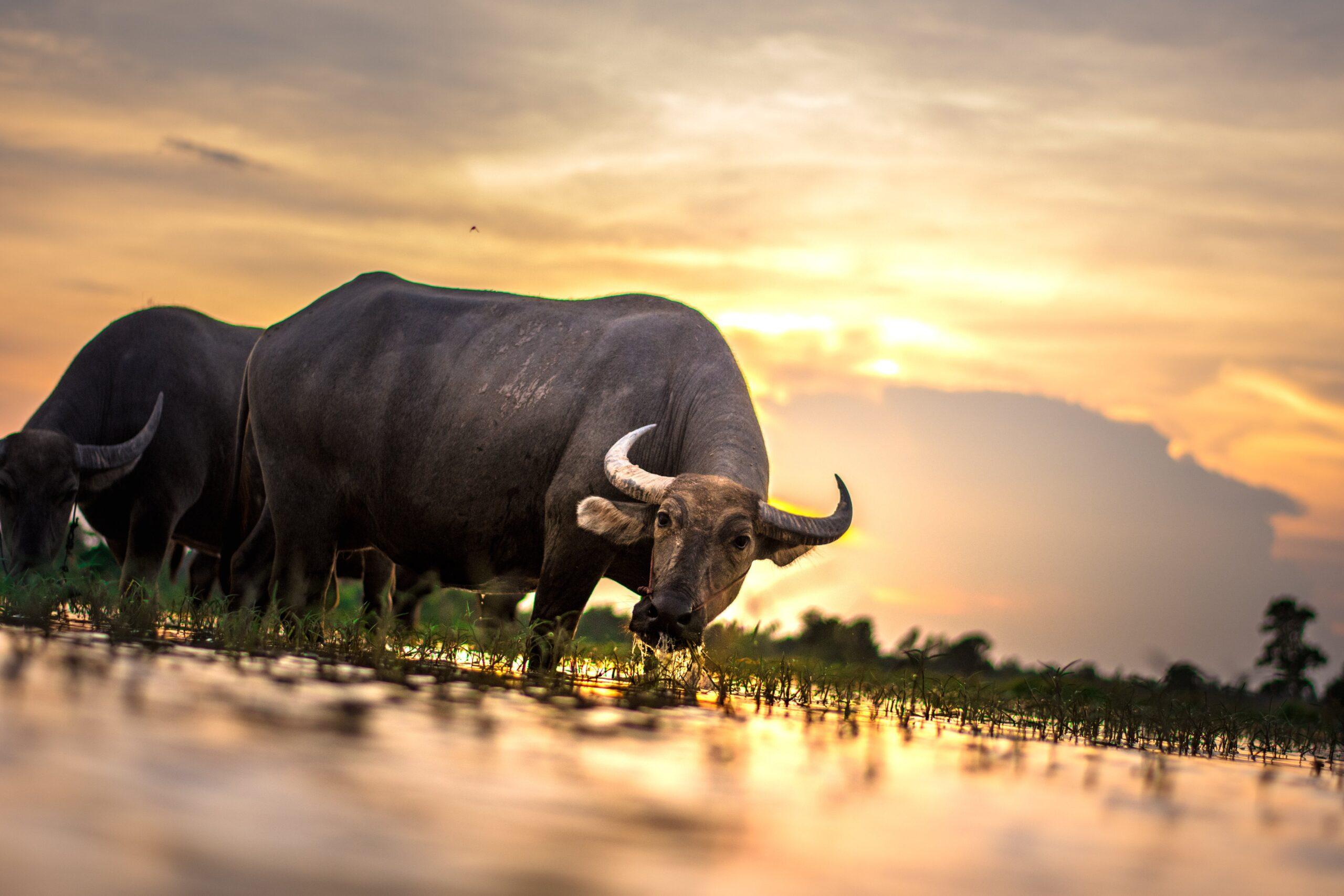
Introduction: Yangon’s Cultural Markets
Yangon, the bustling metropolis of Myanmar, is a city steeped in history, culture, and tradition. At the heart of its vibrant atmosphere lie its numerous markets, which serve as not only economic hubs but also as integral parts of daily life for both locals and visitors alike. These markets offer a sensory feast, where the sights, sounds, and smells intertwine to create an unforgettable experience.
Bogyoke Aung San Market: A Hub of Tradition and Craftsmanship
Among Yangon’s most iconic markets is the Bogyoke Aung San Market, formerly known as Scott Market. Named after General Aung San, a key figure in Myanmar’s struggle for independence, this market is a treasure trove of traditional Myanmar handicrafts, jewelry, textiles, and antiques. As you wander through its labyrinthine corridors, you’ll encounter rows of stalls adorned with colorful fabrics, intricately woven baskets, and shimmering gemstones. The market’s colonial-era architecture adds to its charm, offering a glimpse into Yangon’s storied past.
Thiri Mingalar Market: A Local Gem Off the Beaten Path
For those seeking a more authentic and less touristy experience, Thiri Mingalar Market is a hidden gem worth exploring. Located in the northern part of Yangon, this bustling market caters primarily to the local population, offering a glimpse into everyday life in the city. Here, you’ll find vendors selling fresh produce, aromatic spices, and household goods, all amidst the lively chatter of vendors and shoppers. Navigating through its narrow alleys, you’ll discover a world untouched by the trappings of modernity, where time seems to stand still.
Unique Souvenirs and Local Delights
No visit to Yangon’s markets would be complete without indulging in some souvenir shopping. Whether you’re searching for traditional Myanmar garments like longyi and htamein or intricately carved lacquerware, Bogyoke Aung San Market has you covered. For a taste of local flavors, be sure to sample Myanmar’s famous tea leaves, pickled tea, or crispy fried snacks, all of which can be found in abundance at these markets. Don’t forget to haggle with the vendors for the best deals and immerse yourself in the vibrant tapestry of Yangon’s cultural markets.
FAQs
Q. What cultural experiences can I have in Yangon, Myanmar?
A. Yangon offers a rich tapestry of cultural experiences. You can visit the iconic Shwedagon Pagoda, explore the historic streets of downtown Yangon, sample delicious Burmese cuisine, and immerse yourself in the vibrant markets.
Q. Is it safe to visit Yangon as a tourist?
A. Yes, Yangon is generally safe for tourists. However, like any other major city, it’s advisable to take normal precautions such as keeping an eye on your belongings and being aware of your surroundings, especially in crowded areas.
Q. What should I wear when visiting cultural sites in Yangon?
A. When visiting cultural sites such as pagodas and temples, it’s respectful to dress modestly. This means covering your shoulders, knees, and avoiding revealing clothing. It’s also customary to remove your shoes before entering sacred sites.
Q. Are there any cultural events or festivals I should know about in Yangon?
A. Yangon hosts several cultural events and festivals throughout the year. One of the most significant is Thingyan, the Burmese New Year Water Festival, celebrated in April. It’s a lively and colorful time to experience the local culture and traditions.
Q. How can I learn more about Myanmar’s history and culture while in Yangon?
A. You can visit museums like the National Museum or the Yangon Heritage Trust to learn about Myanmar’s history and culture. Additionally, engaging with locals and participating in cultural activities such as traditional dance performances or cooking classes can provide deeper insights.
Conclusion
As our exploration of Yangon’s cultural riches draws to a close, we are left with a profound appreciation for the city’s timeless charm and boundless vitality. From the gilded splendor of the Shwedagon Pagoda to the bustling energy of its street markets, Yangon offers a cultural experience like no other. As you bid farewell to this enchanting city, may the memories of its sights, sounds, and flavors linger on, serving as a reminder of the enduring allure of Myanmar’s vibrant capital.
UP NEXT
https://touristeyes.com/cherry-blossom-season-in-kyoto-japan/

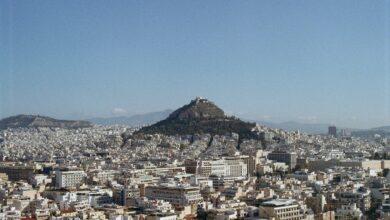

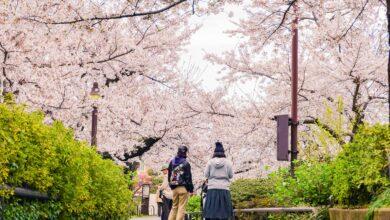
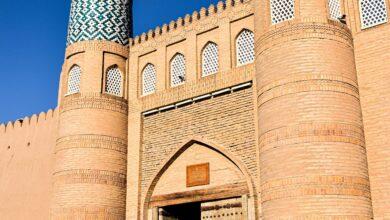
Facebook Comments